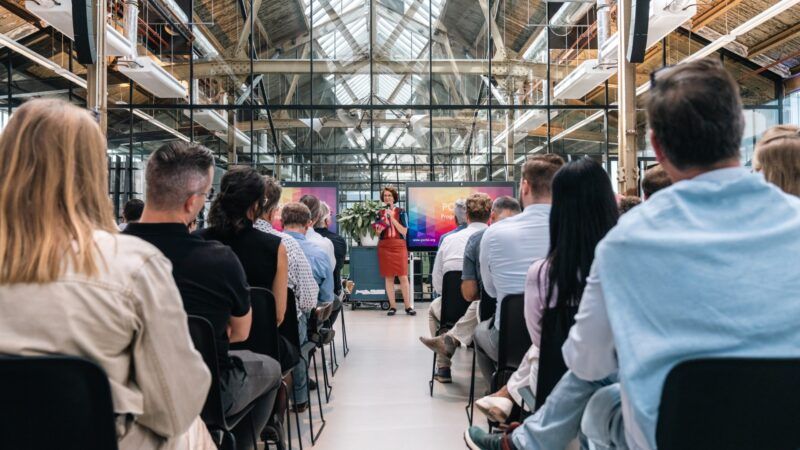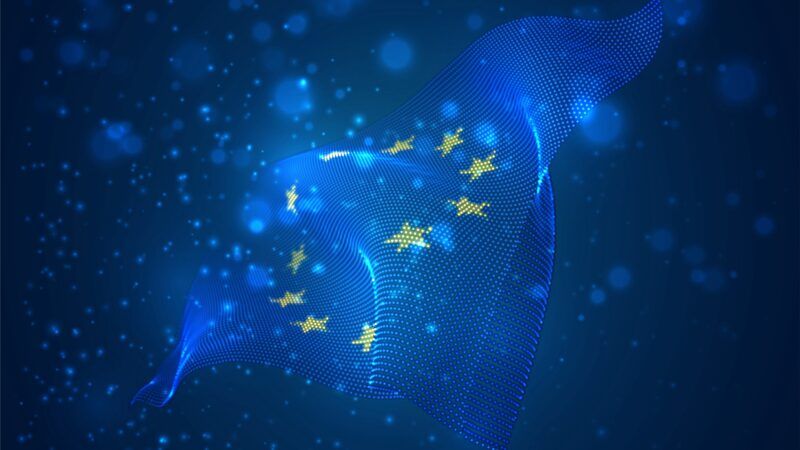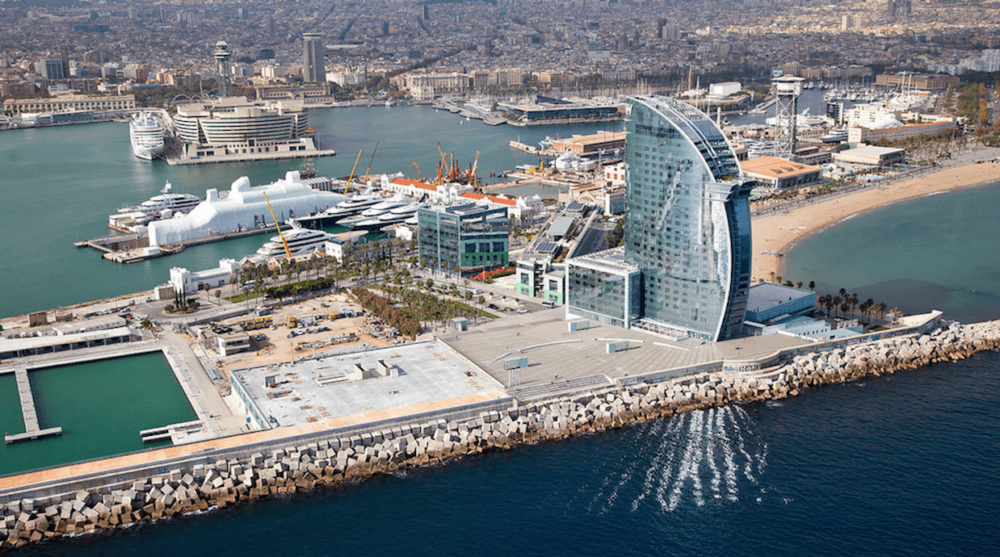 The Port of Barcelona is once again opting for open innovation with the focus on the development of Smart Port solutions.
The Port of Barcelona is once again opting for open innovation with the focus on the development of Smart Port solutions.
One port and 6 challenges: innovative solutions wanted
Innovation and the digital transformation are basic tools for the creation of new ideas to cover some of society’s needs. That is why the Port of Barcelona is once again opting for open innovation with the focus on the development of Smart Port solutions.
 The Port of Barcelona is once again opting for open innovation with the focus on the development of Smart Port solutions.
The Port of Barcelona is once again opting for open innovation with the focus on the development of Smart Port solutions.
Innovation is a key element in the sustainable development of ports. The Port of Barcelona has designed a specific innovation model focused on promoting innovative projects at the Port, and, according to this model, innovation has to have a specific set of attributes to be truly effective:
- It must be open: seek alliances and partnerships with customers, suppliers, academic institutions and research centres, to generate new ideas and concepts. Barcelona has a very powerful innovative ecosystem, the 4th biggest in Europe, and this opens the way for establishing synergies with large public and private stakeholders who interact with this ecosystem, such as SmartCatalonia, ACCIÓ, Barcelona TechCity —which has the start-ups hub Pier01 in the port enclosure—, and Mobile World Congress, among others.
- It must be collaborative: not only must it be produced in the Port, it has to go beyond it and contribute to increasing the efficiency of the entire logistics chain, which involves developing collaborative business models.
- It must be demand-driven: know customers’ current and future requirements extremely well and meet unsatisfied market needs.
- With a strong technological foundation: the areas with the highest potential are those related to 5G, autonomous vehicles, the Internet of Things, artificial intelligence, robotization and automation.
Taking all of this into account, the Port of Barcelona is putting certain of its needs out to competition and seeking partnerships with specialised start-ups or SMEs with more extensive experience in the new technologies. It's another way of exploring solutions to real problems from a different viewpoint, that of open innovation.
The platform for these proposals will be the SmartCatalonia Challenge, a competition promoted by the Ministry of Telecommunications, Cybersecurity and Digital Society of the Government of Catalonia, with the support of i2CAT. Up to now, the promotion has aimed to meet the challenges of Catalonia's municipalities, but in its fourth edition, it focuses on finding ICT solutions for six challenges proposed by the Port of Barcelona.
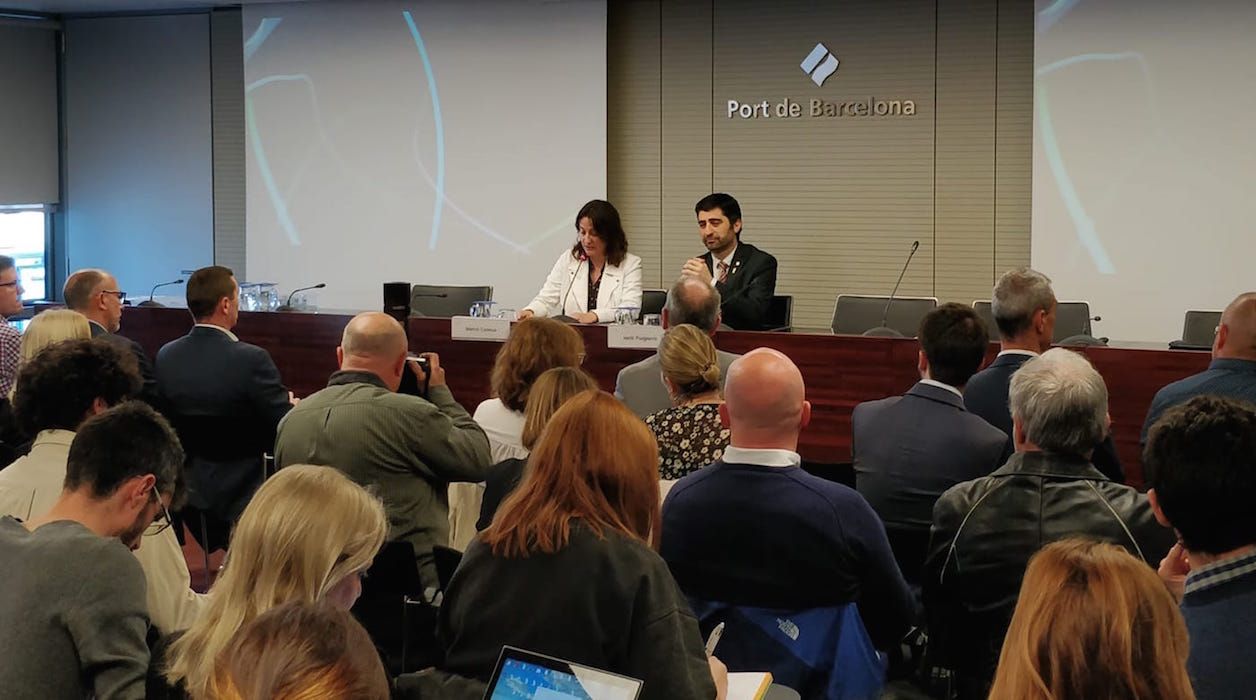
CHALLENGE 1: REAL-TIME MONITORING OF OCCUPANCY
How to improve the management of lorry traffic and of the public space.
Several of the port’s zones are managed according to occupancy levels. One of them is the Truck Center, the place where the lorries wait to board the ferries. The challenge is to have a digital solution that informs on the occupancy of the 32 waiting lanes in real time and that the information can be shared with users. This is in line with the Smart Port model, which stresses improving customers’ experience and operating efficiency with real-time information, traceability and transparency.
Another case is knowing the occupancy level of the non-franchised public domain spaces in order to have more precise information.
The Port of Barcelona has more than 200 cameras spread around the port enclosure, and therefore one of the possible digital solutions, whether or not using the existing cameras infrastructure, is video analysis and processing, data analysis and artificial intelligence.
CHALLENGE 2: MOBILITY ON CRUISE LINERS AND FERRIES
How to obtain information about passenger mobility.
The growth in number of passengers does not necessarily imply a growth in infrastructures, which requires optimization of said infrastructures and applying the creativity provided by digital. Currently, mobility is managed based on information on the occupancy of the cruise liners and historical information based on passenger behaviour models.
A technological system is sought that informs about how passengers are moving about and what mobility options they are using, in order to know and improve the planning and management of the port’s operations, both in real time and with historical data. It would also be useful to know what the passengers do when they have left the port facilities: where they go, what direction they take...
Monitoring, whether or not using the existing cameras infrastructure, including data analysis and use of open, third-party data, are amongst the digital options for this type of challenge.
The Port of Barcelona is putting certain of its needs out to competition and seeking partnerships with specialised start-ups or SMEs with more extensive experience in the new technologies.
CHALLENGE 3: USE AND APPLICATIONS OF THE PORT'S 3D MAP
How to make the best use of the Port of Barcelona’s 3D data.
The information available in 3D has increased and specific examples or types of application are sought to get the most out of the material obtained annually: an LIDAR image of 100 million points, with an approximate density of 6 points per m2 and with an accuracy of roughly 5 centimetres. Having the entire port enclosure in 3D generates new opportunities for creating digital services useful for the port’s operations, the environmental modelling, the creation of digital twins or simply for creating digital products of a recreational nature that enable the public to know more about ports.
CHALLENGE 4: AQUATIC DRONE FOR BATHYMETRY AND STATE OF THE DOCKS
How to optimise the inspection of the docks and the water depth.
The Port of Barcelona has more than 20 kilometres of docks and most of its external surface area is submerged. To check the state of the facilities, data are obtained with a manned hydrographic boat or by means of ROV (Remote Operated Vehicle) inspections. The Port has the most advanced hydrography equipment available, but areas of improvement still exist, both in the autonomy of the ROV, eliminating cables and programming the inspection, and in the quality of the images and in the image analysis. A comprehensive solution or a solution for one of these points will improve the inspections.
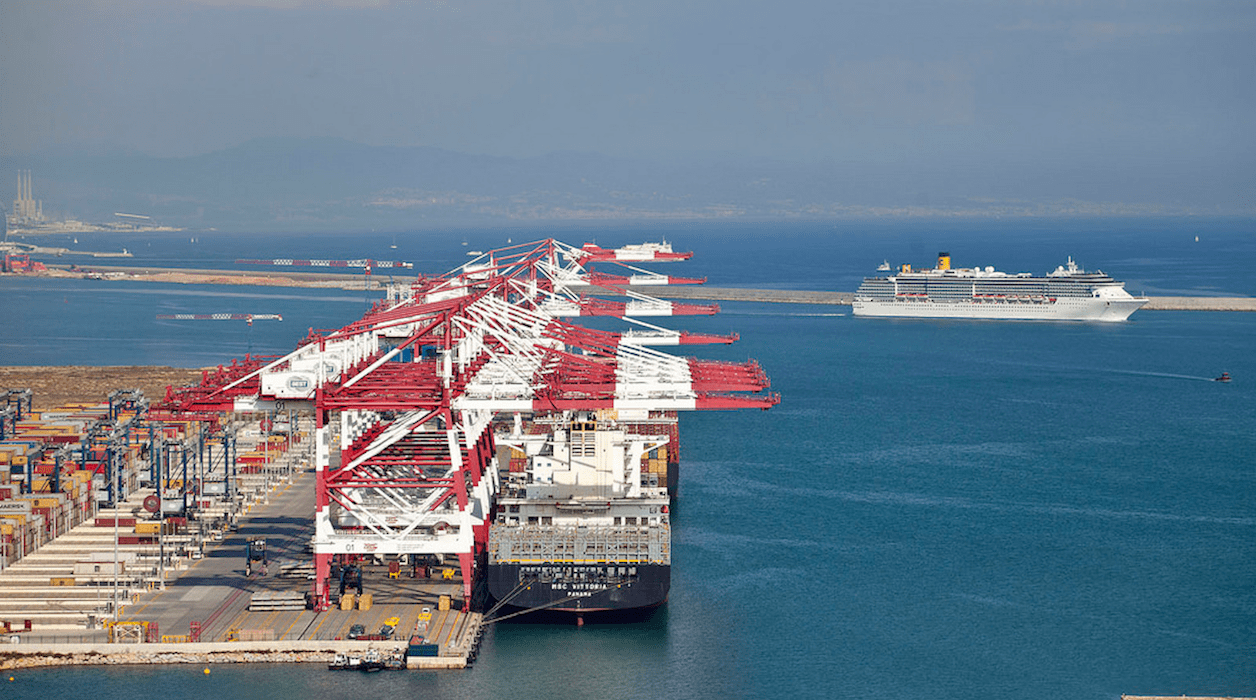
CHALLENGE 5: AUTOMATIC MEASUREMENT OF VOLUME AND WEIGHTS
How to industrialise the reading of the volume and weight of containers or tanks.
The solid waste from the boats is collected in containers that are managed by the port service providers. In the maritime sector, waste is measured by volume and not by weight as it is on land. For this reason the result is not as precise as it could be. We are seeking to measure the volume of the waste in an automated and reliable way and that this measurement reaches the Port Information System in real time.
CHALLENGE 6: NETWORK OF MARINE POLLUTION SENSORS
How to improve pollution management.
The port authority is the competent authority for the combating and prevention of marine pollution. We are looking to have a network of sensors capable of generating automatic alerts, combined with remote checking systems (drones, cameras, etc.) to gain time and save on resources when an incident occurs and resources need to be deployed.
INNOVATIVE SOLUTIONS WITH PRIZE, VISIBILITY AND PROTOTYPES
A jury of specialists will filter the information of all the participants and will select the finalists for them to present their ideas in an official act of the SmartCatalonia Challenge, held on Demo Day.
The prizes offered to the three finalists are:
1st €5,000
2nd €3,000
3rd €2,000
The three winners can also present their idea at the Smart City Expo World Congress, on the Government of Catalonia stand.
There is also a special prize for manufacturing a prototype at the Port of Barcelona.




